Easily accessible levitation in ultrasound
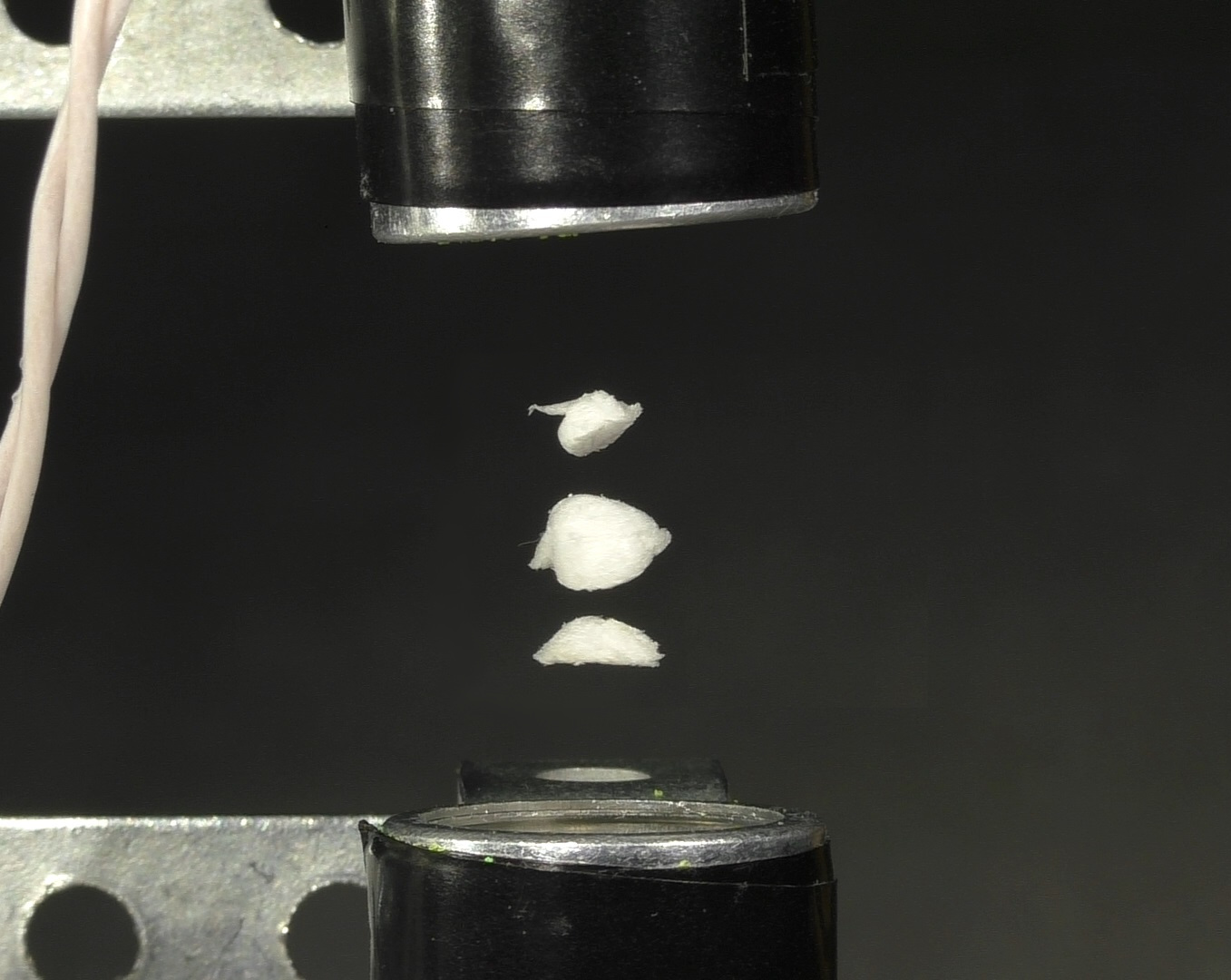
Hi, Habr. In this article I will talk about a simple device for demonstrating acoustic levitation from the available components. The article has many photos and a link to the video with experiments.
However, I just repeated the finished device described in this article .
Brief information on the device and experiments with levitation are shown in my video (experiments start at 2:00 ).
The most important element of this device is ultrasonic piezo-emitters, which can be taken from a sufficiently popular ultrasonic distance sensor (on the aliexpress, search for “ultrasonic distance HC-SR04” at a price of 70 rubles).

This sensor has two identical elements. One works as an ultrasound generator, and the second as a receiver. To vypayat, it is best to use tin extractor.
Next you need to take out the grid to reduce the losses during generation. To do this, you need to crimp the aluminum housing with nippers or pliers.
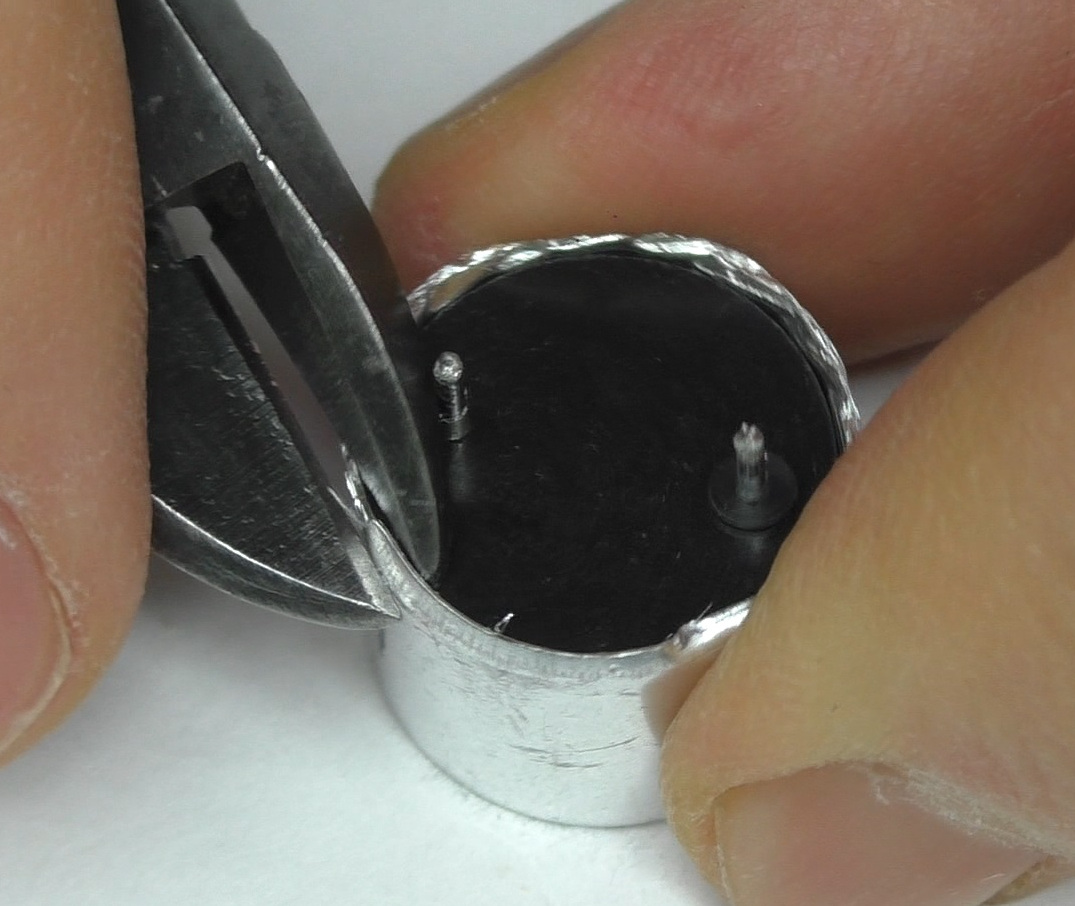
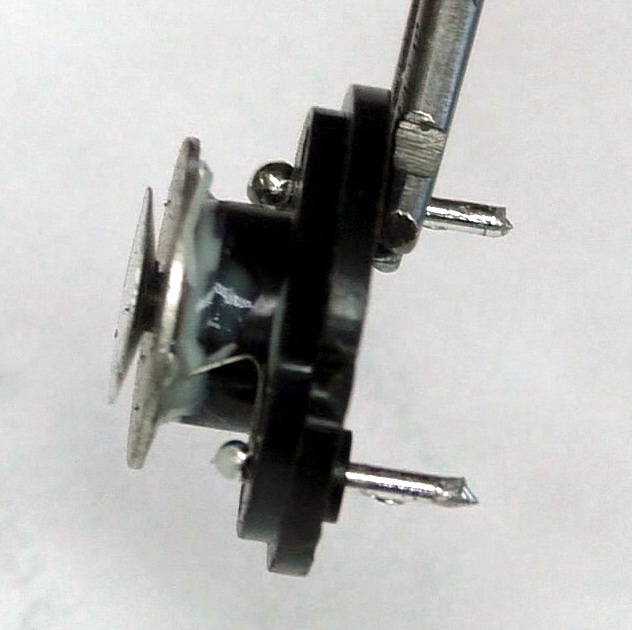
From the removed mesh, you can immediately make a blade for installing particles in our "Levitator". To do this, you need to trim the match or toothpick a little and glue the net to it with superglue. The edges of the grid is better to bend a little.

On the surface of the piezo emitter, which was the receiver, there is a drop of gelatinous glue. Presumably, this is done for better absorption of the ultrasonic wave. It is desirable to remove this drop with a small screwdriver.

Next, we assemble the emitters without grids, pressing the edge of the body with pliers in several places.
Now we have two ultrasonic emitters. They need to be soldered in parallel and connected to a circuit that produces a rectangular alternating signal with an amplitude of 12 V and a frequency of 40 kHz, or, in other words, voltage pulses from -12 V to +12 V.
The diagram below is taken from the original article. It uses the driver for the stepping motor L239D. In this case, the text refers to the driver L293D (the numbers have changed), which is more common. You can buy a ready-made board on the driver L298N (search for the query "motor drive board L298N", at a price of about 120 rubles). I just used a bridge transistor circuit to switch the polarity on the motor and it works so well too. But it's easier to buy a ready-made board with the L298N driver. You also need to buy a card Arduino Nano, which creates the desired frequency of 40 kHz, and a power source of 12 V (enough current 1 A). The program for Arduino is in the source article . As a result, the circuit should produce voltage pulses of ± 12 V with a frequency of 40 kHz.
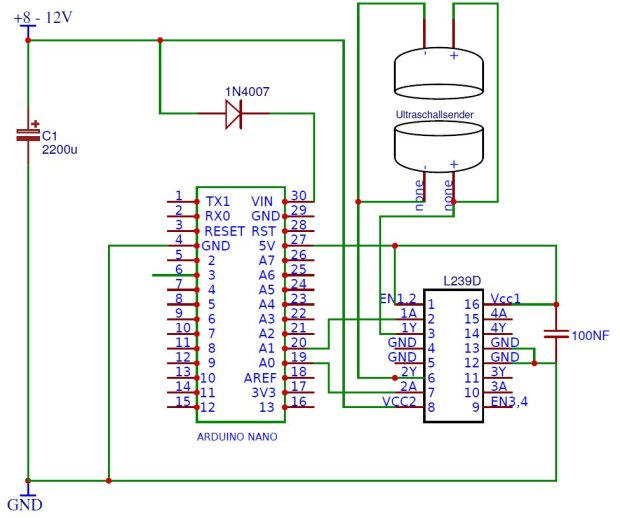

After assembling the circuit, it is necessary to install piezo emitters opposite each other, leaving the possibility to change the distance between them. I used a metal constructor, in which an interesting detail was found with longitudinal cutouts for screws. I don’t remember from which set this part, since I had long been buying sets of domestic and import manufacturers (M4 screws, pitch 10 mm) and put them all in one pile.


I selected the distance from 25 mm. Gradually reduced it by half a millimeter and checked how the particles of foam are hanging. Stopped at 22 mm, while the particles hung best. In the original article there is a way to find the optimal distance using an oscilloscope. If one piezo emitter is temporarily disconnected from the generator, then it becomes a receiver and gives a sine. It is necessary to combine it in phase with a rectangular signal generator.
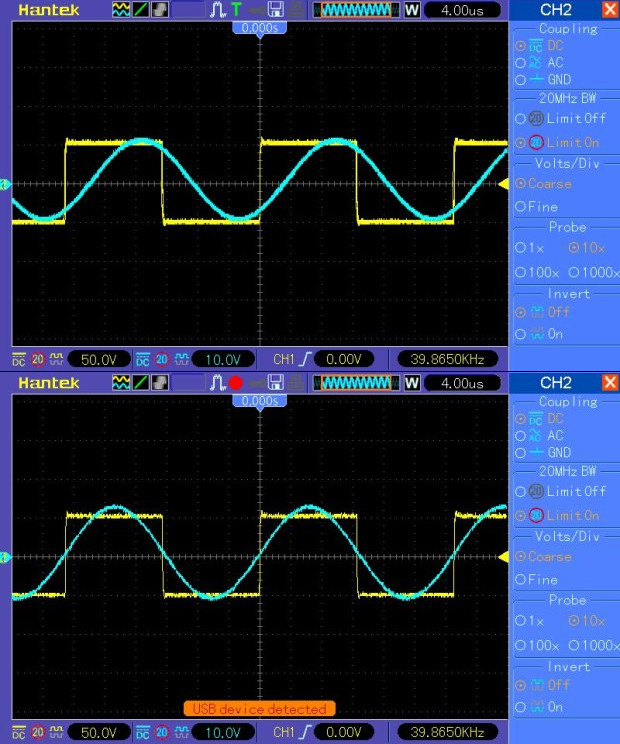
When the optimal distance is found, you can begin the experiment. To do this, you need to prepare small light particles: balls of foam (also artificial foam snow), pieces of napkin, paper and thin foil (potal), Christmas decorations such as "rain", large sparkles. With the help of a paddle from the grid, you need to bring them into the area between the piezo emitters and lower the paddle. The particle will be captured in one of the nodes of the standing wave. These nodes are about 4 mm apart. You can bring several particles at once. Depending on the size and shape, particles can hang still, oscillate or spin.

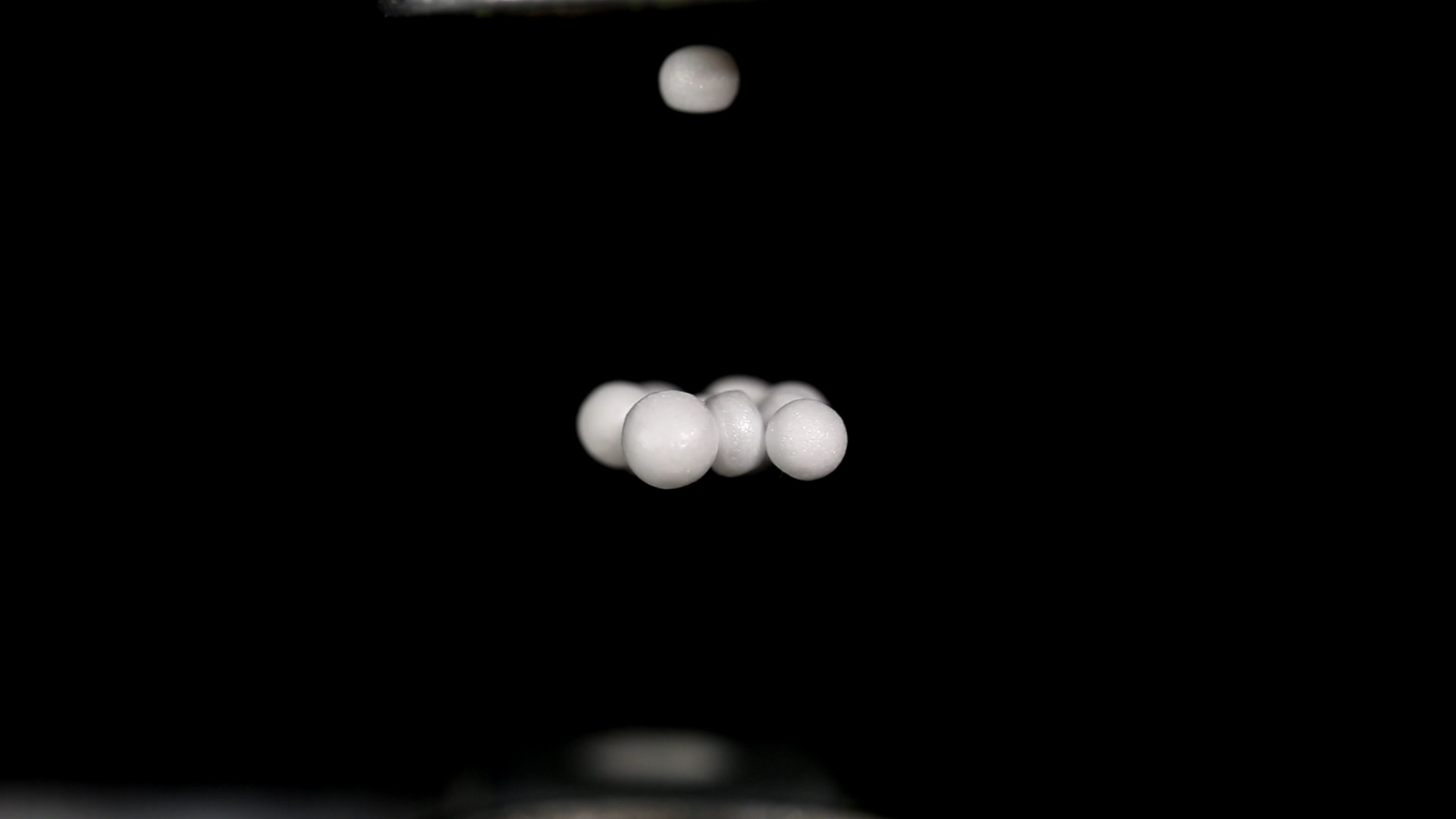
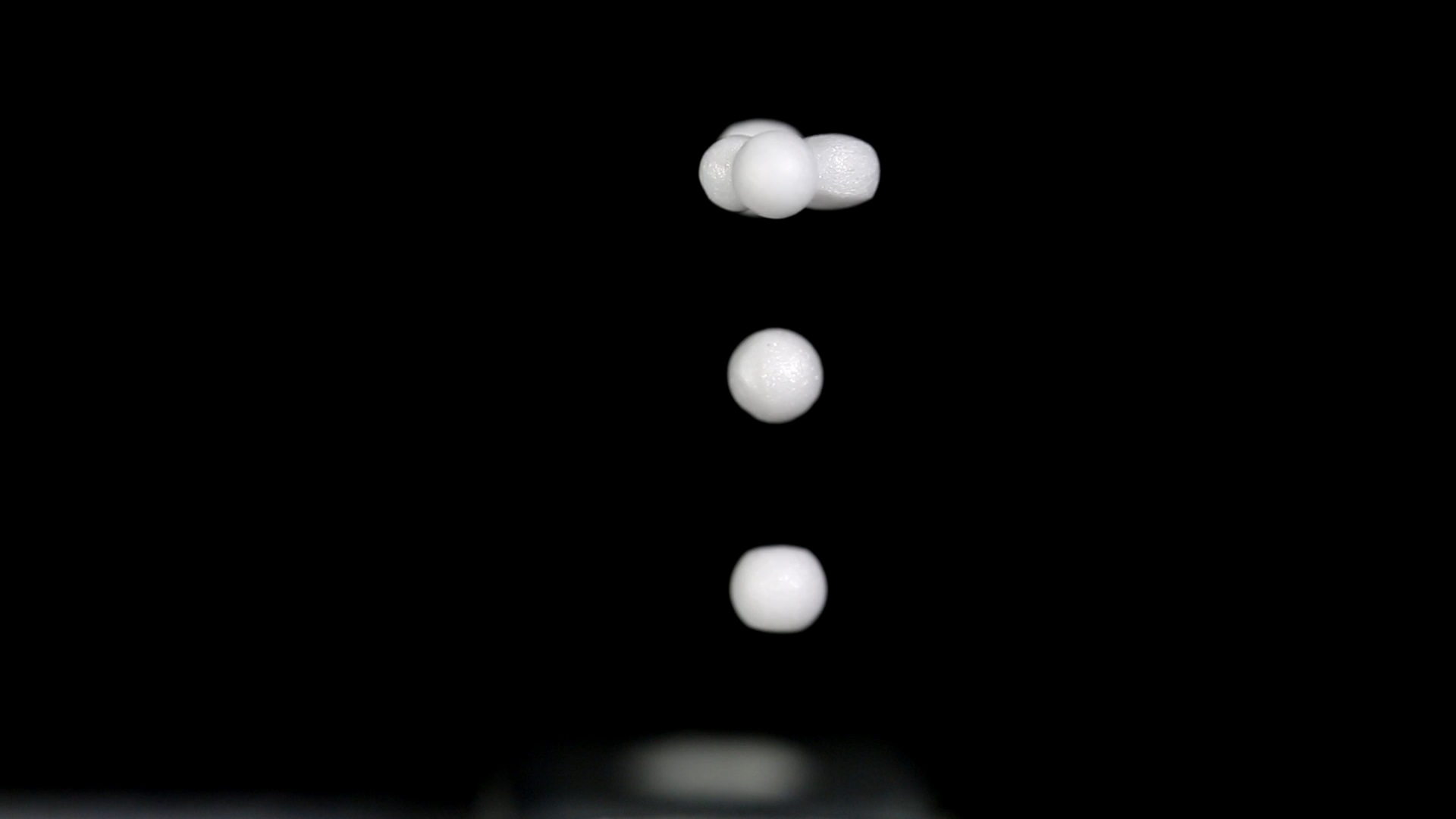
Oddly enough, for the time being on aliexpress there is no this device in the finished assembled form in a beautiful case. But there is a set for self-assembly of a more powerful levitator of 75 piezo emitters (search on request "Acoustic Levitator", price is about 5,000 rubles for an unassembled version). There is a whole scientific article about this big levitator .

Thank you all for your attention, I hope the article will be useful. Happy levitation!
